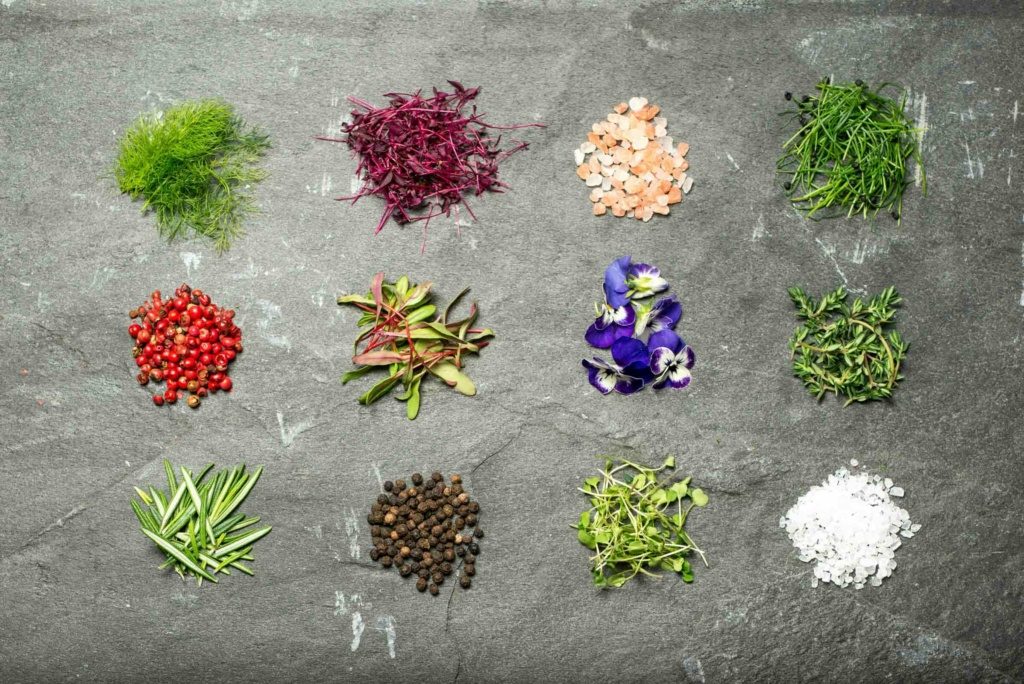Having been asked to contribute to an article on Food Photography, our own Andrew Perris recently reflected on the field, so we thought we’d share his thoughts over two posts. If Tuesday’s blog was the starter, here’s the main course. Or if you prefer a dessert to a starter, Tuesday’s was the main and this is the dessert. If you want all three, you’re out of luck, we’ve already said it’s a two parter. Get some chips on the way home or something. Ok, the metaphor’s breaking down now so let’s get on with it. Take it away Andy….
“These days, the ability to source different food all year around is definitely an advantage to what we do. Whilst photographic and associated technology is constantly evolving, it’s not the key to getting top quality results – although it can definitely lend a hand. The explosion in quality of phone cameras in recent years has had a huge impact on food photography, allowing amateur enthusiast or simply boasting facebookers to share their latest lunch creation (at least visually) with more and more people. Social media has driven exposure to (and interest in) food photography to new heights, perhaps rivalling fashion in the national psyche. One of the nicer trends to emerge is the demand for natural-looking food, rather than heavily perfected dishes – perhaps its the attainability? Thankfully the days of mashed potato for ice cream and engine oil for syrup are long gone!
Regarding social media platforms such as Instagram, I think increased exposure to good food photography, whether created by amateurs at home or professionals in the industry is on the whole positive. Thanks largely to the internet, we’re becoming more visually literate and expect more from what we consume. There’s so much competition for our senses, I think we’re constantly making subconscious choices and calculations as to what gets our attention and that raises the standard for things such as food photography. From our perspective all the online competition means you have to be pretty damn good to stay ahead, and constantly evolving. That’s a good thing.
In terms of the application of photography to the industry of food. Whether on a blog, a restaurant’s website or a cookbook, these days a recipe without a good photo is a no no – a good image will draw us to a recipe, and i think as far as home cooking is concerned, that encourages people to try new things. Kids are doing a lot more cooking these days, which is fantastic, and they certainly need a good photo to be inspired by. I think we’ve moved past the days where recipes were so precise and the photos alongside so unattainable that it actually discouraged people from trying recipes… or they needed to set aside a whole day. Its now possible to look up an appealing recipe, have it on your plate in minutes, photograph it on your 20 megapixel phone camera and have 30 likes and 2 shares on Facebook before you’ve finished licking the plate clean.
In terms of trends, we’ve noticed a definite move away from the soft, shallow depth of field approach, although that is still in high demand. Flat lay, thanks to the likes of Instagram is another big one. We’re also seeing a shift to a more deconstructed graphic style with sparse compositions and dark heavy shadows. This is in fact an area we’re currently experimenting in. We feel it could be the direction things are headed, but who knows… It could just as equally go down a more rustic, earthy direction, drowned in warm, appealing light. Food, and food photography, is art after all.
Food and food photography has a great future (food in particular, I think is a keeper!!). The shift is definitely and has been for a while into healthy eating. We’re gradually becoming more aware of issues of sustainability and the impact on our own health and that of the planet. I hope we’ll see even more emphasis on accessible recipes, frugal use and reuse of food, organic, ugly veg etc etc. There are so many possible directions it could go but I think whatever happens, our fascination with food and food photography will continue.”
Thanks for reading
You can read the full article here

